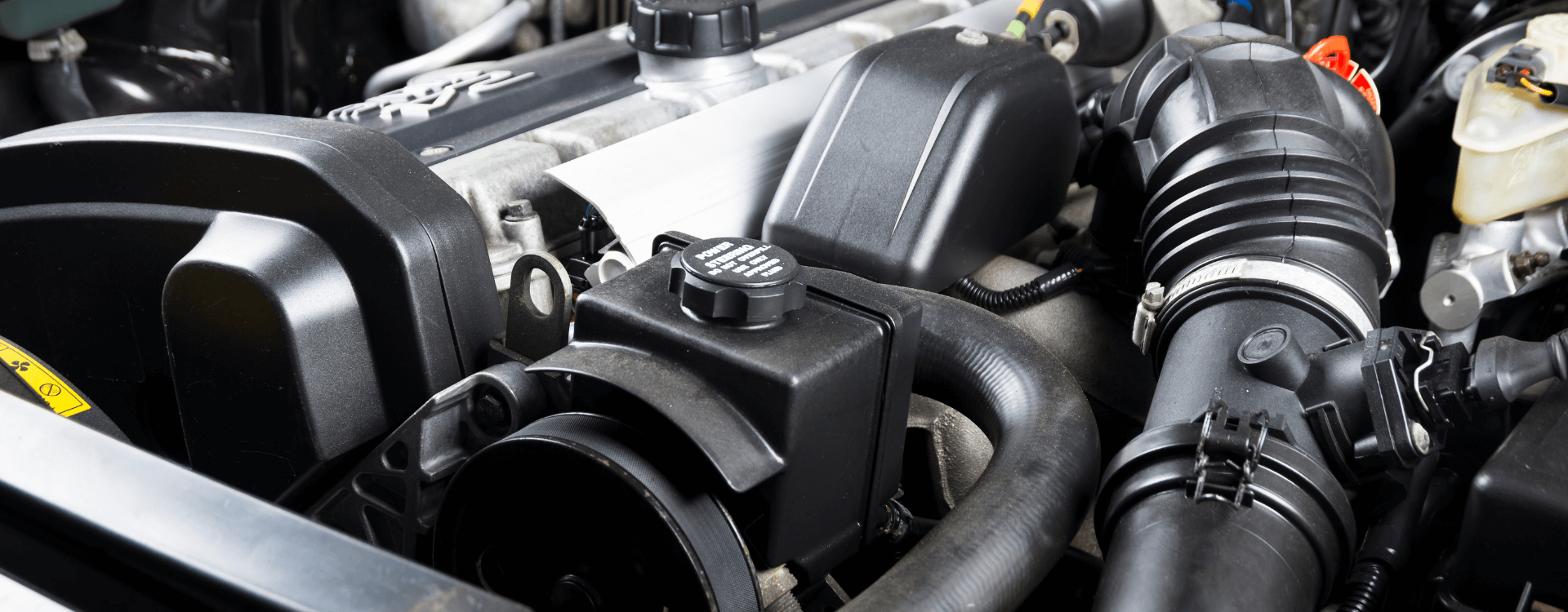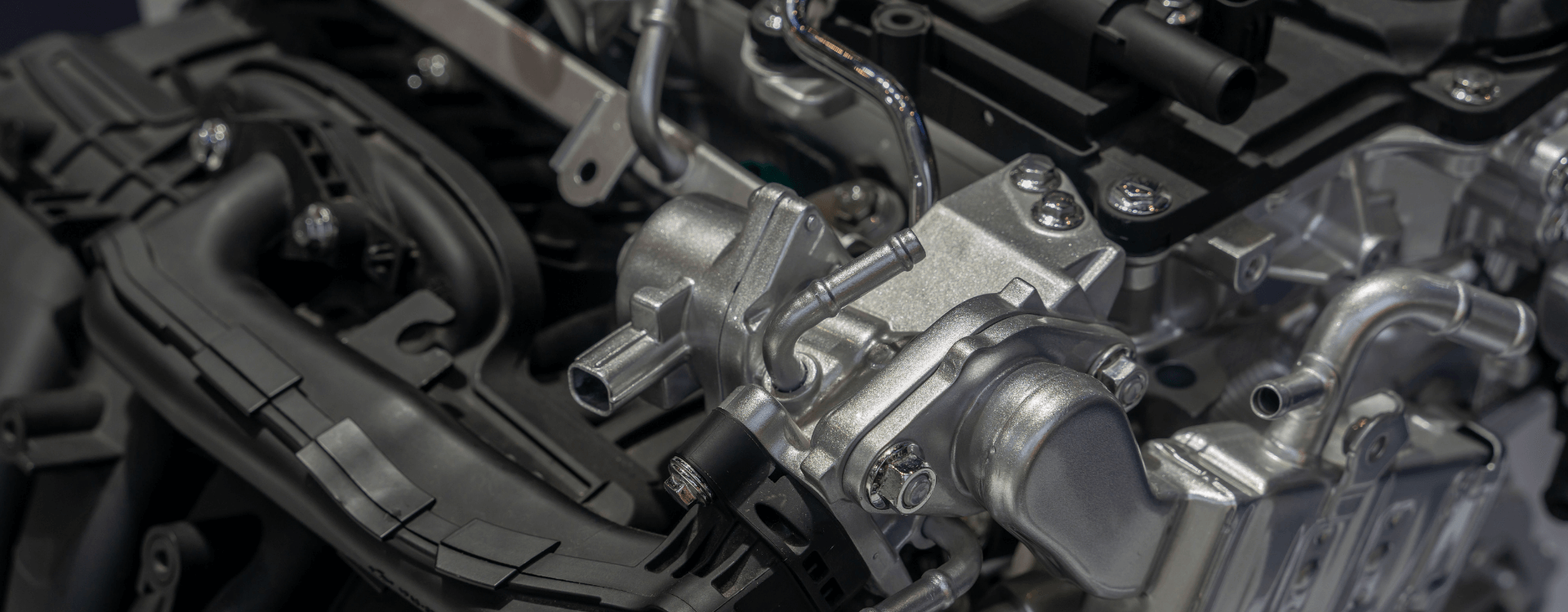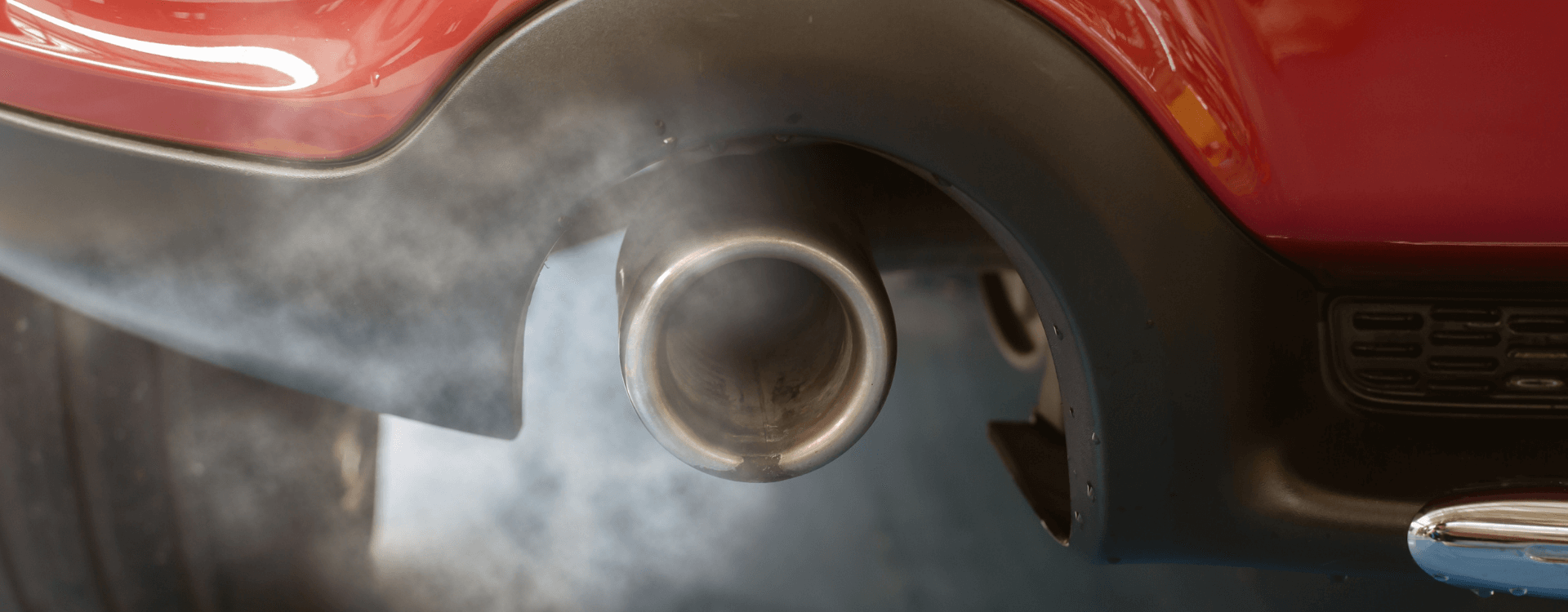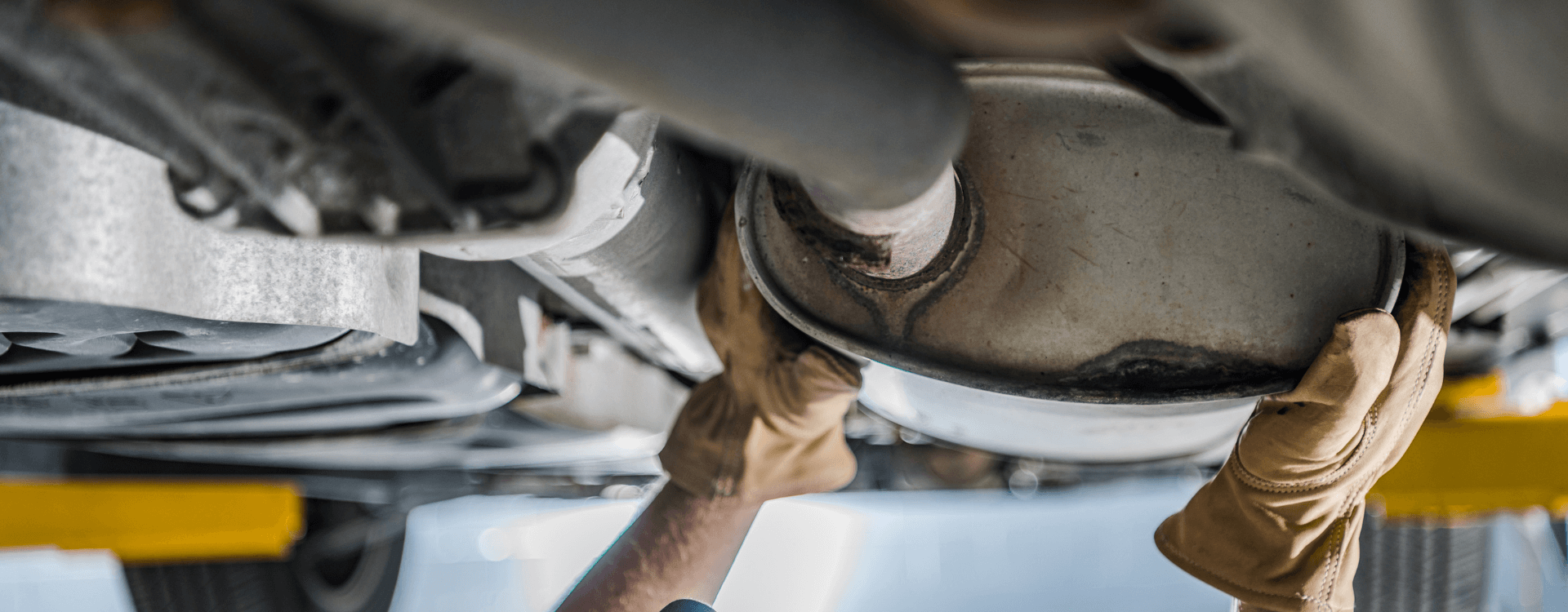
DPF and Catalytic converter: why you must NEVER ignore the engine warning light
It never feels good, but it's there and it's hard to look away : your engine light comes on, it flashes like a Christmas tree or it becomes outright fixed. Whichever version of the problem, burying your head in the sand is not a good idea. When it comes to the DPF and catalytic converter, you need to consider the engine light, or you risk jeopardising the vehicle's entire emission control system or worse, the engine itself. As you don't want to go there, here's a salutary insight into this famous light and why you shouldn't ignore it.
The engine light(s) ?
Each colour has its own meaning
The warning lights present on the dashboard all have a meaning described in the vehicle's technical manual. A distinction is usually made between running lights (for the indicators for example), neutralization lights (for the airbag in particular) and finally warning lights. The latter signal an anomaly that must be taken into account immediately.
A blue or green pictogram indicates the operation of the lights or options fitted to your car. An orange light urges you to be careful by checking for faulty points. The red light is clearly a sign of danger. It can be an unbuckled seatbelt or an improperly closed door, but also a problem with the steering or with the temperature of the coolant. In this case, such a signal implies that the vehicle must be stopped and assistance must be sought.
In general, we strongly advise against driving with the engine light on. In the case of the DPF and the catalytic converter, if the engine is running normally and the light comes on intermittently, there is no immediate danger. However if your vehicle loses power while you are driving and the light is flashing, contact a breakdown service without delay.
The indicator for the DPF
An anomaly on the particulate filter is signalled by the activation of an orange pictogram representing a rectangle filled with small dots. This symbol is common to many models, such as the Peugeot 308, the Citroën C4 or the Audi A3. It indicates that the DPF is getting clogged and needs in-house regeneration. We've written about this several times before, too many city trips causethe DPF to clogwith soot and fine particles that couldn't be burned off. You must therefore clean your DPF while driving, it will only take a few minutes. If the light persists, we advise you to go to your usual garage to find out the reasons for the anomaly.
The catalyst indicator
A problem with the catalytic converter is one of the many causes of the engine light coming on. This orange, engine-shaped icon, is never a harbinger of good news and should definitely not be ignored.
It indicates a failure of the fuel injection system or the emission control system. Most user manuals are formal: if it is fixed, you must urgently consult the brand's network and if it is flashing you riskthe destruction of your catalytic converter. You have been warned.
The engine light varies from model to model. The engine symbol is sometimes accompanied by the words « CHECK » or the message « CHECK ENGINE ».
A few reminders about the emission control system
An emission control system that is out of order will automatically fail your vehicle's roadworthiness test. It also makes you the unfortunate owner of a polluting vehicle, well above the standards allowed today.
European regulations set thresholds for polluting gas emissions that must not be exceeded for passenger cars, commercial vehicles or heavy goods vehicles. These are the EURO standards, which evolve over the years and become more and more demanding with time.
Cars are full of various probes and sensors that constantly check the pollution control system and alert you if it fails.
Independent sensors monitor and control the operation of your catalytic converter or DPF. They are located at specific points to control two important phases, the combustion fuel and afterburner.
The sensors that carry out the measurements upstream of the combustion process are :
- the sensor PMH ;
- the air pressure sensor ;
- the coolant temperature sensor ;
- the lambda sensor or oxygen sensor.
The combined action of these electronic elements makes it possible to calculate the quantities of air and fuel to be injected and the temperature of the engine so that combustion takes place correctly. If combustion is optimal, the catalytic converter (for petrol vehicles) or the DPF (for diesels) will be able to fulfil their function of treating polluting emissions correctly.
Post-catalyst oxygen sensors (petrol engines) or differential pressure sensors (diesel engines) are used during the post-combustion phase. They check whether the catalytic converter or the DPF have treated the gases correctly, in order to limit as far as possible the release of fine particles into the atmosphere.
>> Also to be read : The origins of the DPF and the catalyst
Is the DPF or the catalytic converter directly at fault ?
The emission control system of your vehicle is quite complex. The activation of the warning light for the catalytic converter or the particulate filter does not necessarily mean that they are directly at fault. Even if they need to be replaced, they are probably just the tip of the iceberg.
Your car is full of sensors that measure air and fuel injection. If the measured flow rates are not as they should be, the warning lights will come on. The sensors play a sort of preventive role.
The list can be long, but here are the things that can cause the indicator light to come on :
- the failure of an injector
- an inoperative lambda sensor;
- an oil consumption too high;
- a clogged EGR valve;
- an air flow meter out of order;
- a defect in the on-board electronics.
The cases OBD (On Board Diagnostics) can read the fault codes on your car so you know where to look for help. The cost of these boxes is between 15 £ and 60 £ and will save you from having to pay for a diagnosis at your dealership.
Ignoring the engine light : the disastrous consequences for your vehicle
When the owner's manuals warn of the risk of catalyst destruction, it means that your car can catch fire. Imagine the terrible consequences for you and the people in your car.
Without going to that extreme, you still risk many inconveniences. For example you may be stranded at the side of the road (nice to go on holiday !) or you may have to make a series of repairs, much to the regret of your wallet.
If you ignore the warning signals sent by your car, you risk permanent damage to your DPF and catalytic converter. In general, when a warning is given, the on-board computer switches to a downgraded mode to prevent engine failure. Don't wait until it gets to that point and take action as soon as possible.
Do you want to know if your Catalytic Converter is Bad ? Do you want to know if your DPF is clogged ?










